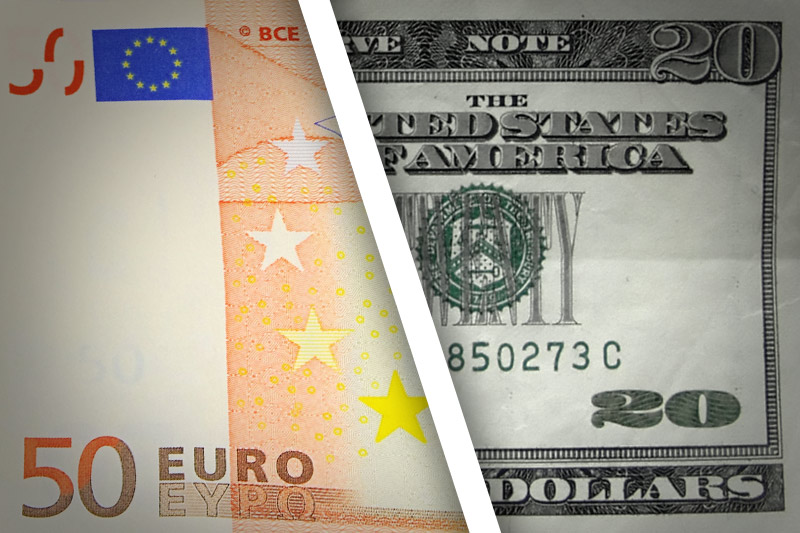Investing.com -- The euro continued its extended rally against the dollar moving to a 10-week high, as Greece offered its most significant concessions since heated negotiations began with its troika of creditors in February.
EUR/USD gained 0.83% to move above 1.12 at 1.1224 on a choppy day of trading. The euro is on a four-session winning streak against the dollar and has skyrocketed against its American counterpart since late last week when it was below 1.08.
The pair likely gained support at 1.0737, the low from April 20 and met resistance at 1.1361, the high from Feb. 25.
In a meeting with the Brussels Group, its creditors from the International Monetary Fund, the European Central Bank and the euro zone, Greece proposed its most stringent reform measures since the Syriza government took office nearly three months ago. Athens leaders are hoping to reach an interim deal to unlock critical aid before a €750 million payment is due to the IMF on May 12. Greece owes the IMF an additional €200 million on May 6. Greece prime minister Alexis Tsipras is willing to step in during negotiations that are expected to last through the weekend if necessary, an Athens official told Reuters.
Tsipras was elected in February on a broad set of promises to end austerity measures that were deeply unpopular among the Greek people. On Thursday, however, the Greek government indicated that it is willing to compromise on a Value-Added tax and some pension reforms in order to reach a deal.
Elsewhere, the U.S. Dollar Index fell 0.46% to 94.88 in spite a raft of stronger than expected economic data. On Thursday morning, the U.S. Department of Labor said initial jobless claims for the week that ended April 25, fell by 34,000 to a 15-year low of 262,000. Analysts had forecast a dip of 6,000 for the week. It marked the lowest level since April, 2000. The four-week average for initial claims declined by 1,250 to 283,750, slightly lower than its level a month before.
On Wednesday, the Federal Open Market Committee indicated in a rate statement that it wanted to see improvements in the labor market before it decides to raise rates for the first time in nearly a decade.
Separately, the Institute of Supply Management said its Chicago Purchasing Managers Index rose by 6.0 points for the month to 52.3, up from 46.3 in March. New orders soared 12.8 points to 55.1, its highest reading since January and largest monthly increase in more than 30 years. Analysts had expected the index to increase to 50.0 for the month of April.
U.S. personal spending, meanwhile, rose by 0.4% for the month slightly below expectations of a 0.5% gain. Analysts had forecast a 0.2% in personal spending in April.
The Fed removed all calendar references to the timing of an interest rate hike on Wednesday, opting instead to take a data-driven approach. Moving forward, the Fed said it will take into account labor market conditions, inflationary pressures and expectations of international financial developments when it decides on the timing of a rate increase.
While the Fed previously indicated that it could raise its benchmark Federal Funds Rate from the current level of zero to 0.25% in June, it has become increasing likely that the U.S. Central Bank could delay the rate hike until September or December, following weeks of soft economic data since its FOMC meeting in March.
Yields on U.S. 10-Year Treasuries fell slightly to 2.035% one day after moving above 2% for the first time since March 15. Yields on German 10-Year bunds rose 0.08 to 0.37.
